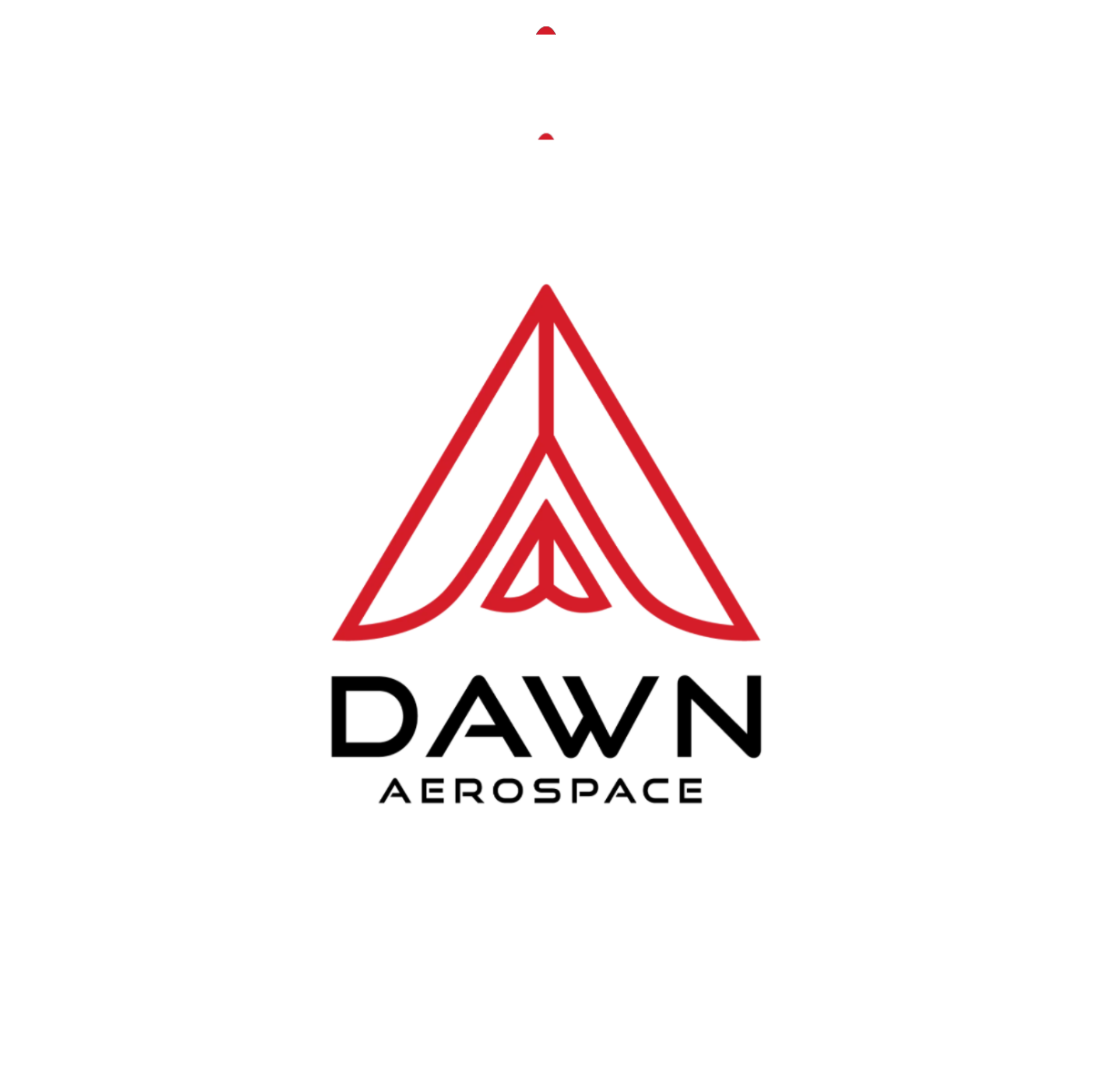Dawn Aerospace represents a methodical approach to revolutionizing space access through sustainable technology and pragmatic business strategy. Founded in 2017, this aerospace company has built a foundation of operational excellence in satellite propulsion while simultaneously developing what could become the most transformative advancement in space tra…
Keep reading with a 7-day free trial
Subscribe to The Journal of Space Commerce to keep reading this post and get 7 days of free access to the full post archives.



